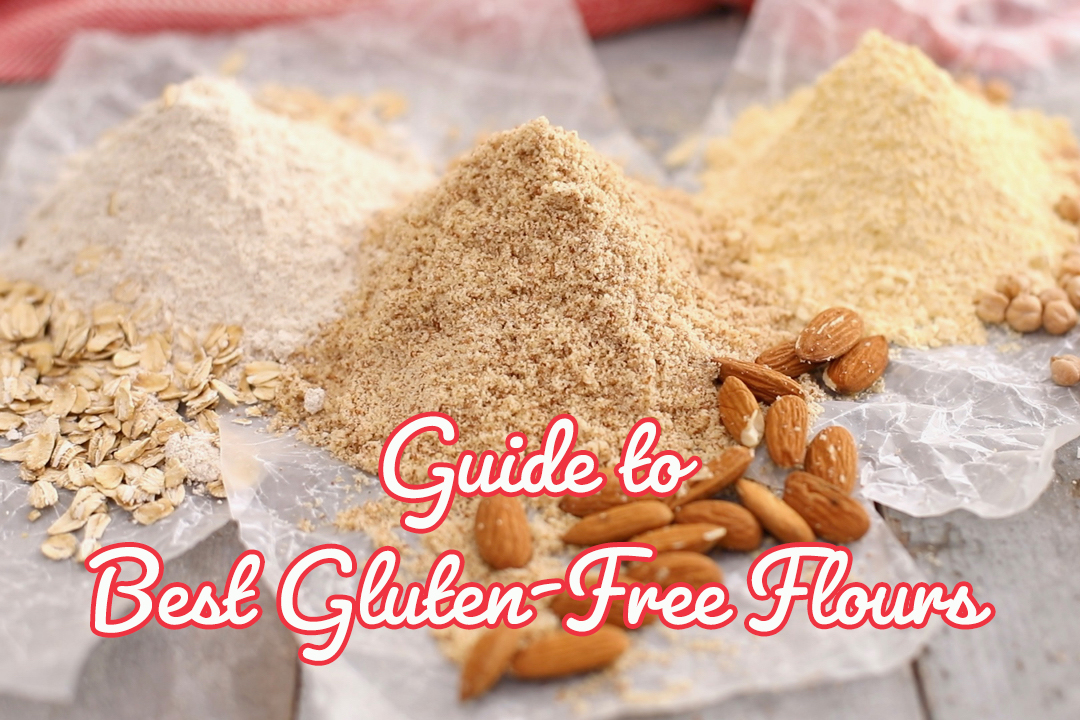
This post may contain affiliate links. Please see my full disclosure for details.
Hi Bold Bakers!
Recently I shared with you some of my favorite sugar alternatives as cutting down on refined sugar has become a part of my lifestyle. As I have swapped out sugary and processed foods for monkfruit based sweeteners and whole foods, I have started using dairy-free milk, and of course, alternative flours too.
There are so many reasons to bake with alternative flours, like added fiber, healthy fat, and overall nutrition compared to wheat flour, but the main reason many of you might be making the switch is because of going “gluten-free.” Gluten has been found to be like an allergen to many people and to be a cause of inflammation to the body. By making the switch from gluten-based foods to gluten-free foods, you don’t have to lose out on baked goods and bread.
Thanks to the best gluten-free flours below I’m able to make all kinds of things with zero gluten!
What is Almond Flour?
Almond flour is probably my most used ingredient and is for me, the best gluten-free flour. From my Vegan Chocolate Chip Cookies to my 3 Ingredient Gluten Free Flatbread, this is the basis of so many of my recipes.
Before folks ever went gluten-free, bakers were already utilizing almond flour in making things like cakes and macaroons. Almond flour is simply blanched almonds ground into a fine powder. This can easily be made at home, and Gemma’s has a great method for how to make Almond Flour!
Almond flour has a neutral taste but adds lovely moisture and richness to whatever it’s used in. When using almond flour you might notice a recipe requiring a bit more liquid, egg, or flax egg. This is because of the lack of gluten in the flour, thus almond flour requires a good binder or glue.
Almond flour can be stored in an airtight container for up to 6 months, and I ALWAYS have a big tub on hand.
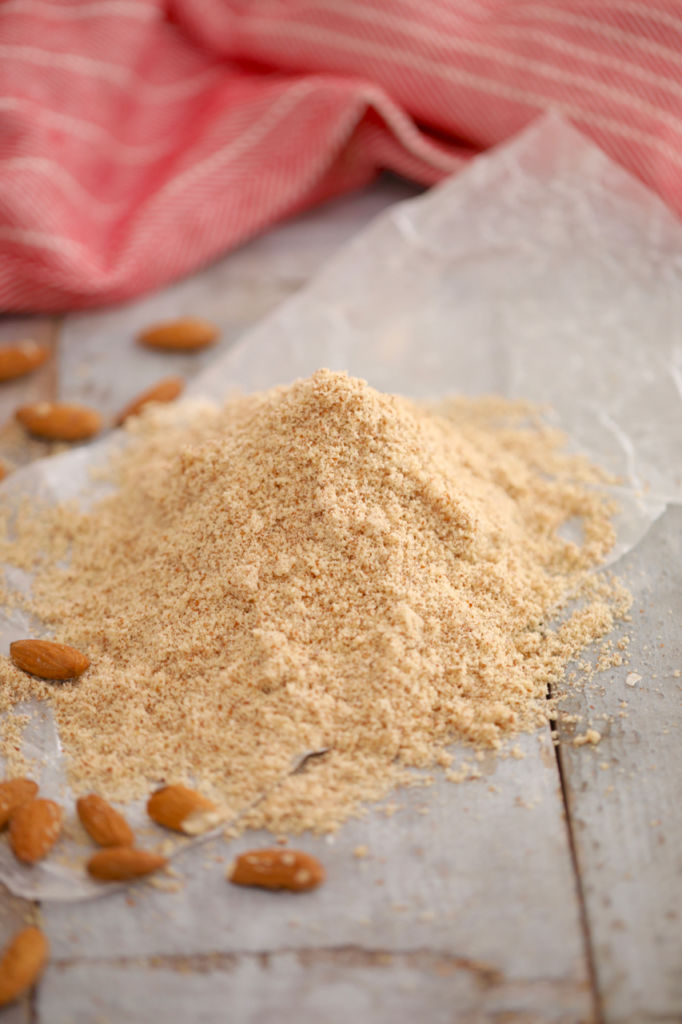
What is Coconut Flour?
Coconut flour, similar to almond flour, is exactly what it sounds like: dried coconut ground into a fine powder. Aside from adding healthy fat, fiber, and a slightly coconutty aroma, coconut flour is the trick to a cakey, moist texture.
Anytime you want something to be almost fudgy and sponge-like, it’s great to use coconut flour, or a mix of coconut and almond — like I do in my Gluten Free Low Carb Banana Bread. The almond flour is the bulk of the flour making for a cake-like texture, but the coconut flour absorbs the liquid in the recipe aiming for a super moist slightly denser texture. This denser moist texture is what you are looking to create in pound cakes, brownies, and cupcakes.
If you think about it, the reason this works makes a lot of sense: coconuts are full of liquid — coconut milk. When the coconut is dried and stripped of its liquid, it can act like a sponge, waiting to absorb and really hold onto moisture like in the original state. What’s great is even after baking, the coconut flour combined with the other ingredients holds onto that liquid, making whatever it’s added to super rich!
Coconut flour can be stored in an airtight container for up to 1 year, and that longevity alone is why it’s one of the best gluten-free flours.
What is Oat Flour?
Oat flour is… you guessed it! Oats that have been processed into a fine powder. This is another one Gemma has a method for, so if you can’t find oat flour, you can super easily make it at home with her Oat Flour recipe.
Oat flour has no gluten as long as you use gluten-free oats. While I do like to use oat flour in some of my recipes it’s not as much of a go-to for me due to the higher carbohydrate content in comparison to almond and coconut flour. Oat flour is really lovely to use in raw recipes as it can be eaten raw just as oats can. It also has a very neutral flavor and sort of acts the opposite way of coconut four: it actually lightens your baked goods that normally may come out heavy, like bread and muffins.
The texture added from the use of oat flour is a nice light bite and chewy texture. Oat flour is slightly more delicate so whether you make your own or buy it you’ll want to use it up slightly quicker as it can get stale.
Oat flour will keep covered in an airtight container for up to 3 months.
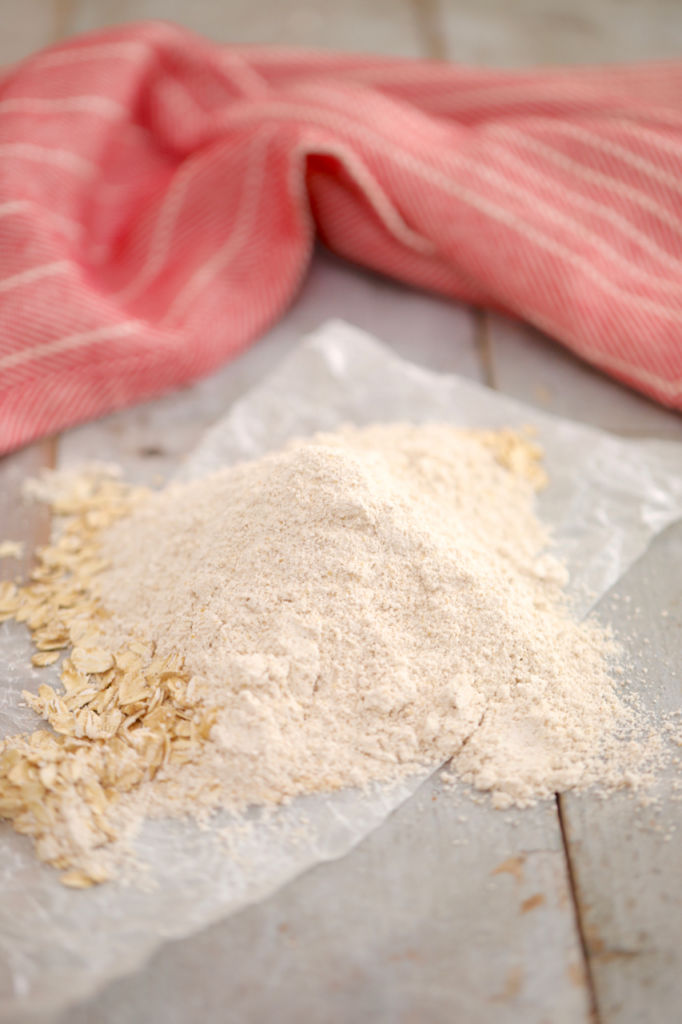
What is Gluten Free 1:1 Flour?
I myself have only just become familiar with gluten-free 1:1 flour, so whether or not it’s one of the best gluten-free flours is still up in the air. This is another wheat-based flour substitute that utilizes a mix of flour that mimics the way flour that contains gluten acts. The trick to this substitute is in the blend of flours and starches that each play a role in stabilizing the flour.
Gluten-free flour blends can often be bought at the store, but can also be made at home. They are usually comprised of rice flour, tapioca starch, and some xantham gum, which sounds odd but is a very common ingredient.
How to Make Your Own GF All-Purpose Flour Blend
Here is a recipe for all-purpose gluten-free flour that can be used 1:1 in baking.
- 1 Bag (24 oz or 4.25 Cups) Brown Rice Flour
- 1 Bag (24 oz or 4.25 Cups) White Rice Four
- 1 Bag (24 oz or 4.25 Cups) Sweet Rice Flour
- 1 Bag (20 oz or 4.5 Cups) Tapioca Flour (aka Tapioca Starch) **NOTE: If using Bob’s Red Mill Tapioca Flour – Bob’s recently changed their Tapioca Flour packaging to smaller 15-ounce bags – Since you will still need 20 oz (4.5 Cups) per batch. You will need to add an additional 1 1/2 cups from a second bag.
- 2 1/2 TBSP (0.8 oz) Xanthan Gum (this is the gluten replacer – you can often get it cheaper at Vitacost – one bag will make 10 batches, so be sure to store the remainder in an airtight container)
Is Gluten-Free 1:1 Flour Really 1:1?
While this 1:1 flour recipe does wonders, and in many cases, looks, acts, and tastes like flour would, it is different — it’s missing gluten of course. This means some of the time your recipes may require a bit more of this flour or a bit of extra liquid added to whatever you’re making.
If you’re an experienced baker and you feel comfortable making a recipe knowing it might come out with some slight differences, I say it’s worth it for those that truly can’t have gluten. My personal preference is to use the gluten free 1:1 flour or the other alternative flours in recipes that actually call for those ingredients as opposed to subbing things out which can be a bit a of a gamble.
Last but not least be sure to check out Gemma’s recipe for Chickpea Flour, which is naturally gluten-free and has been used across many cultures for making bread and baked goods.
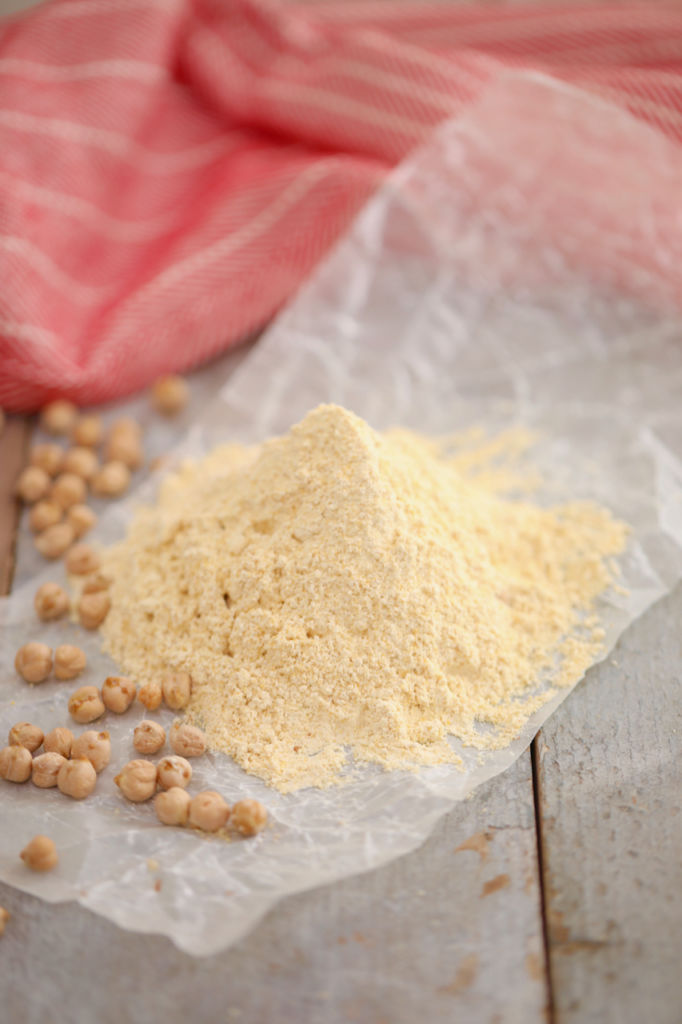
Try These Gluten-Free Recipes
And don’t forget to follow Bigger Bolder Baking on Pinterest!
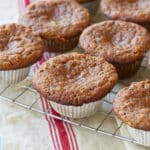
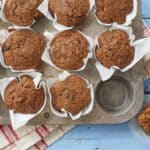
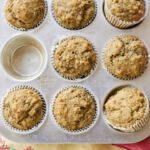
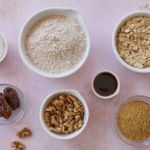
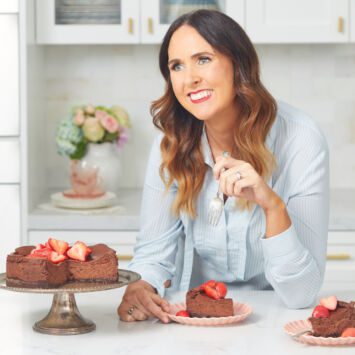


Hi Gemma, I’m coeliac and have been for nearly 30 years. I’m an experienced baker and I make a lot of my own bread and cakes with good success at this stage! However, you can never have enough information. I love your enthusiasm and you’ve never lost the Irishness. Thanks and much love from a Belfast woman (living in Dublin.)
Gluten-free flours can’t produce artisan-grade breads or other gourmet-class baked goods. They have strange tastes and textures.
IMO unless gluten-free foods are medically necessary, they’re just overhyped ripoffs. People have eaten megatons of wheat flour for thousands of years with no health problems.
Same with sugar and dairy products. None of the foods scrawny hipsters who can’t cook are whining about will harm healthy people if they’re eaten in moderation.
My programmable bread machine has a setting for gluten-free flour, but I never use it.
I have purchased 100% PURE PLANTAIN FLOUR…GF, my question is can I make Breads with this flour among other doughs. I’m having trouble finding recipes that are like your dough, breads recipes. I would appreciate any insight. Love your recipes. Your recipes have been 100% spot on for easy to follow. Thank you Gemma. Look forward to hearing from you.
Gemma, did you state somewhere in your recipes for gluten free baking, that if you add corn starch to Regular AP flour it will block the gluten?
Gemma pls explain exactly the ingredients of GF 1:1 flour…I didn’t understand yet
Hi Gemma ,would request you to make an easy ,quick,yeast free, eggless n gluten free bread recipe pls pls
Hey Gemma! Are you able to substitute any gluten free flour in the recipe for what you may have in your cabinet? I usually carry nut flours in my cabinet along with paleo flour every now and then. So long as I do a 1:1:1 ratio, would it work with substitute with what I have in my cabinet to make a all purpose gluten free flour?
Gemma I am not familiar with Sweet Rice Flour, what is it and what can I use for a substitute?
Hi Gemma,
I am a big fan & follower of your recipes & blog. I am starting to bake gluten free cakes by replacing the all purpose flour with the store bought gluten free flour (for which I have found Gluten free baking flour 1:1 by Bobs Red Mill). Will this work just as I have read that it can substitute any flour keeping the entire recipe same? Kindly advise.
Lots of Love from India!!
I love all your recipes, but I am especially interested in the different types if flours in different countries. I know you.posted a chart lusting all different types of flours but I cannot fi b d it now. Could you pease repost